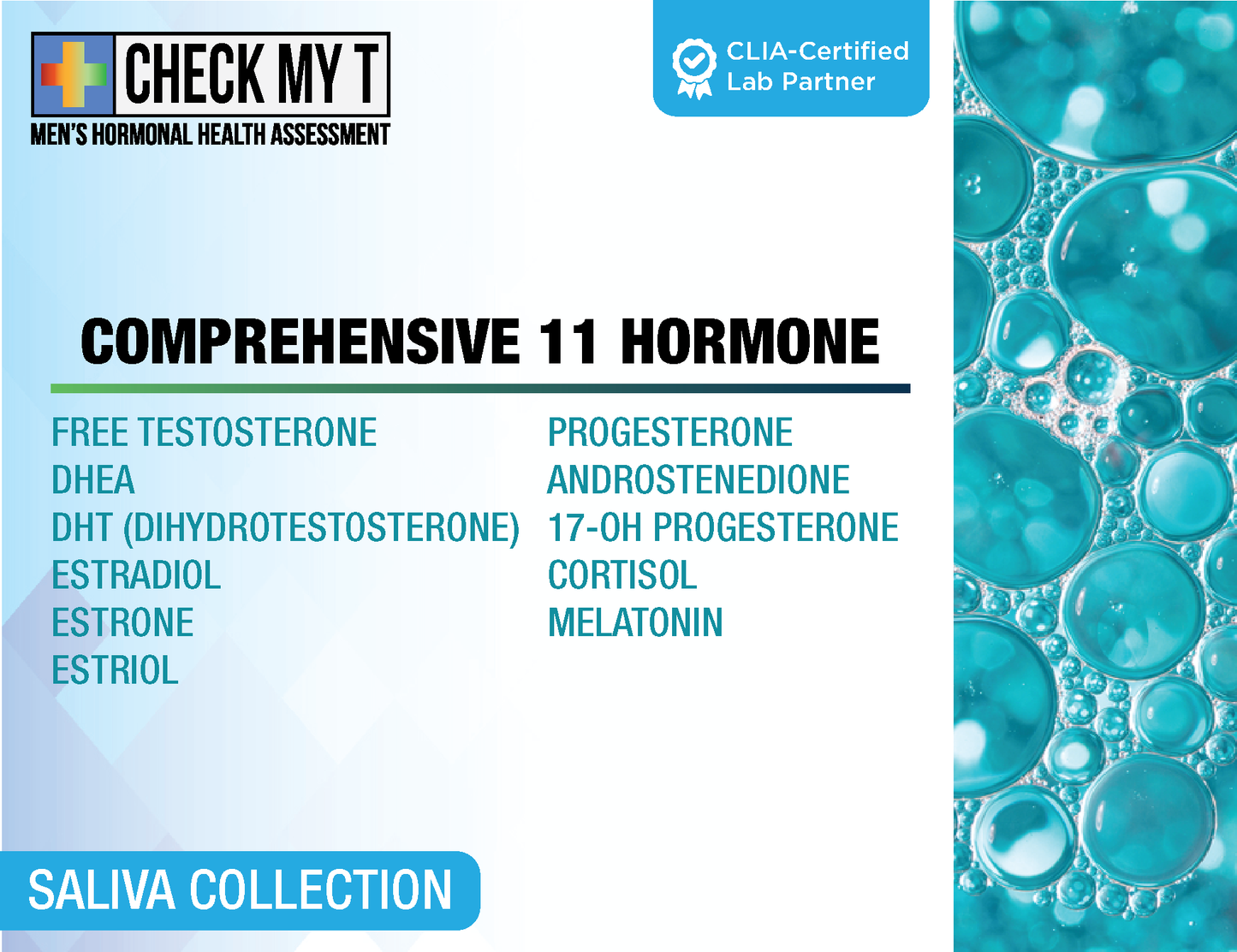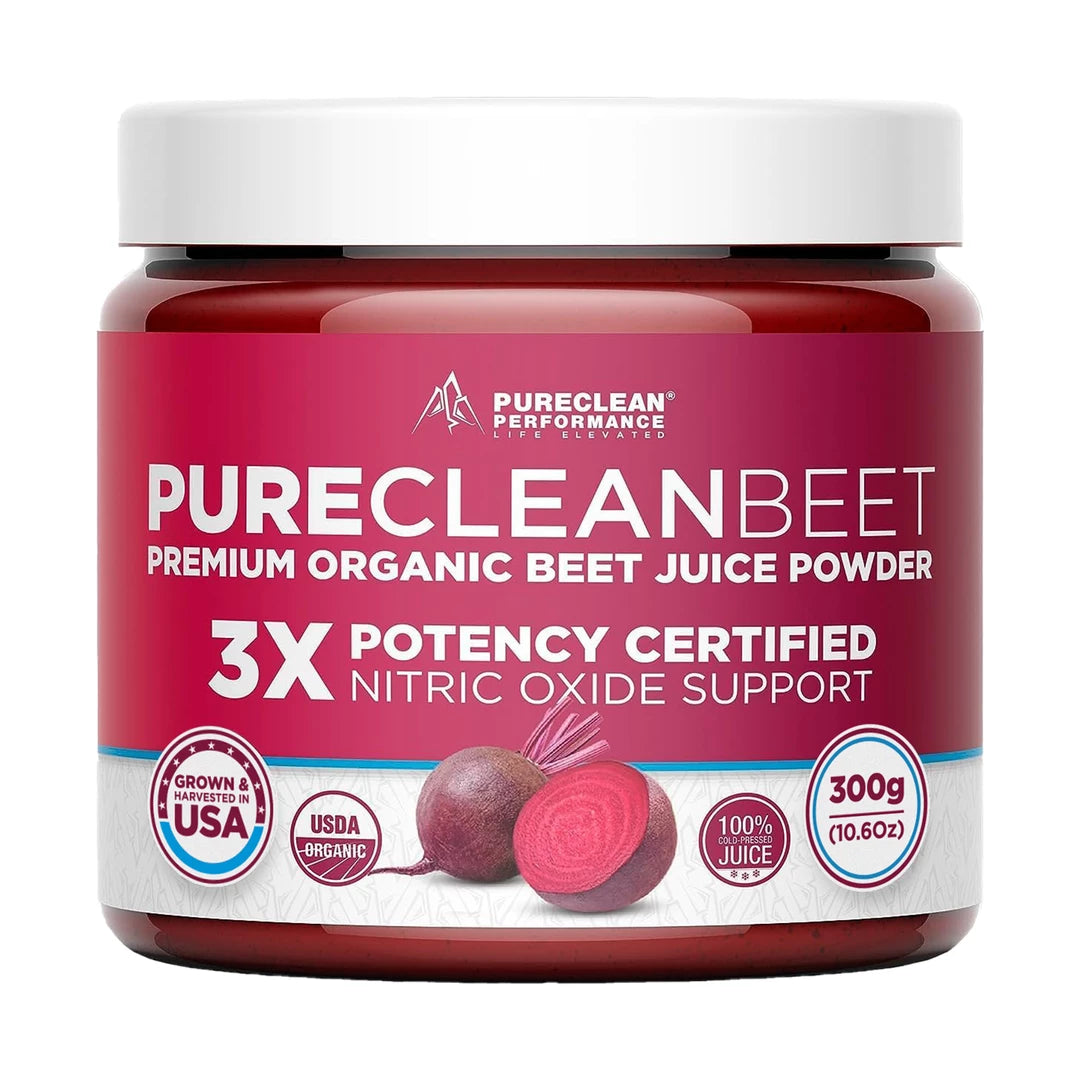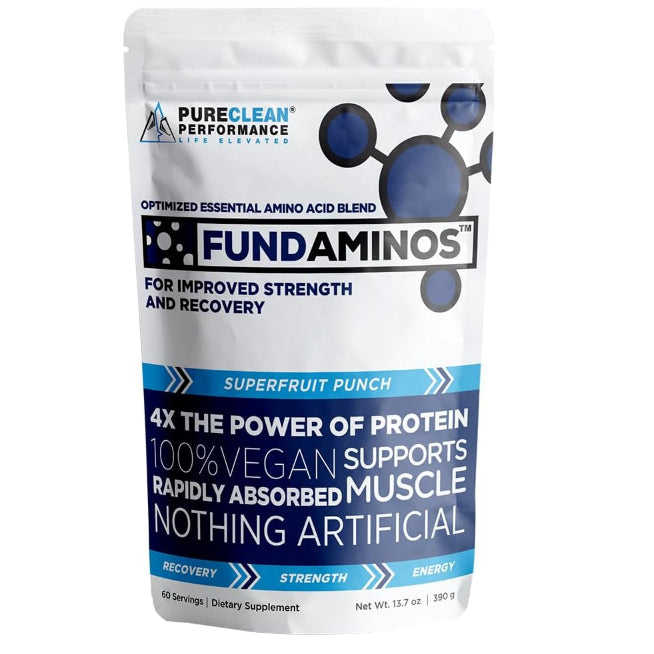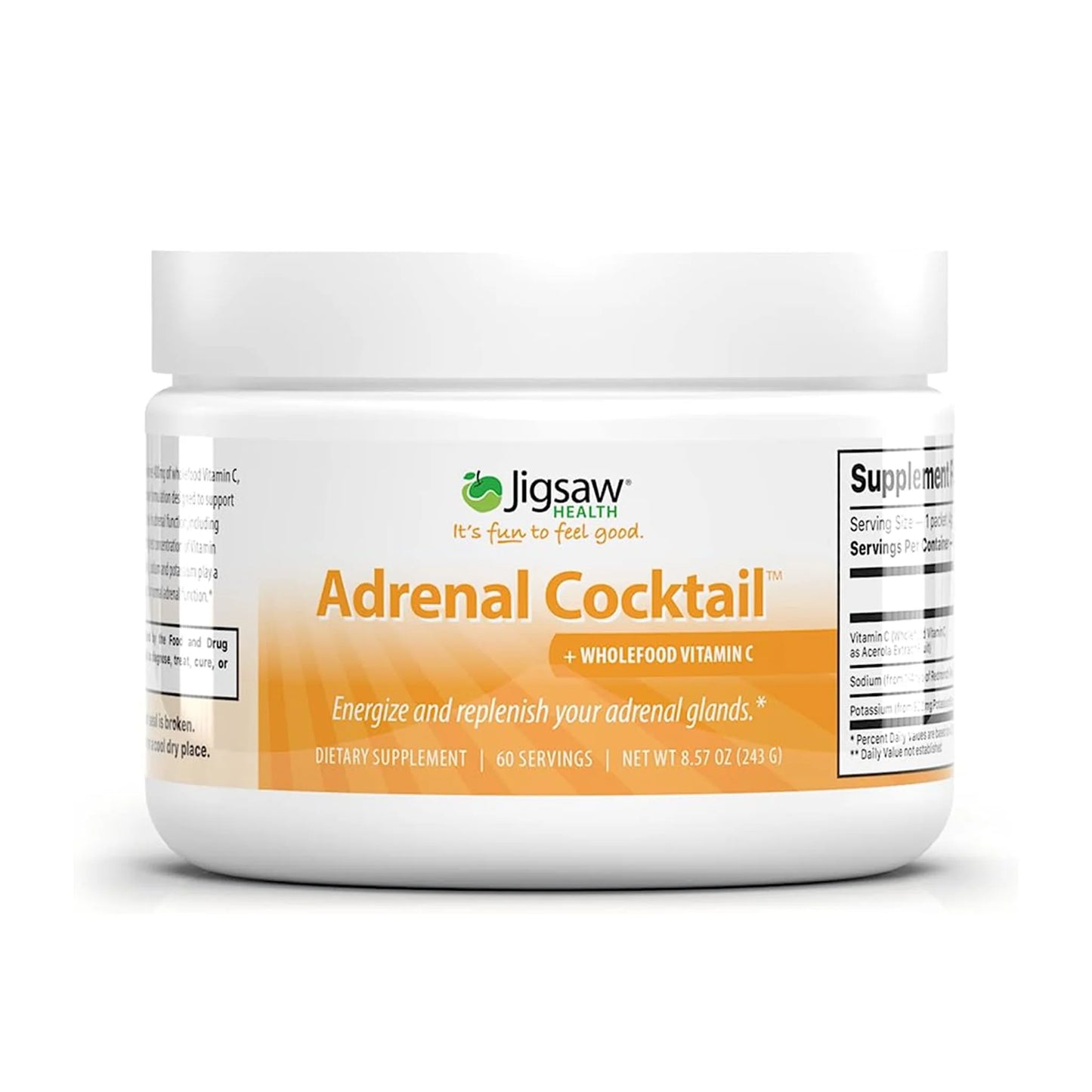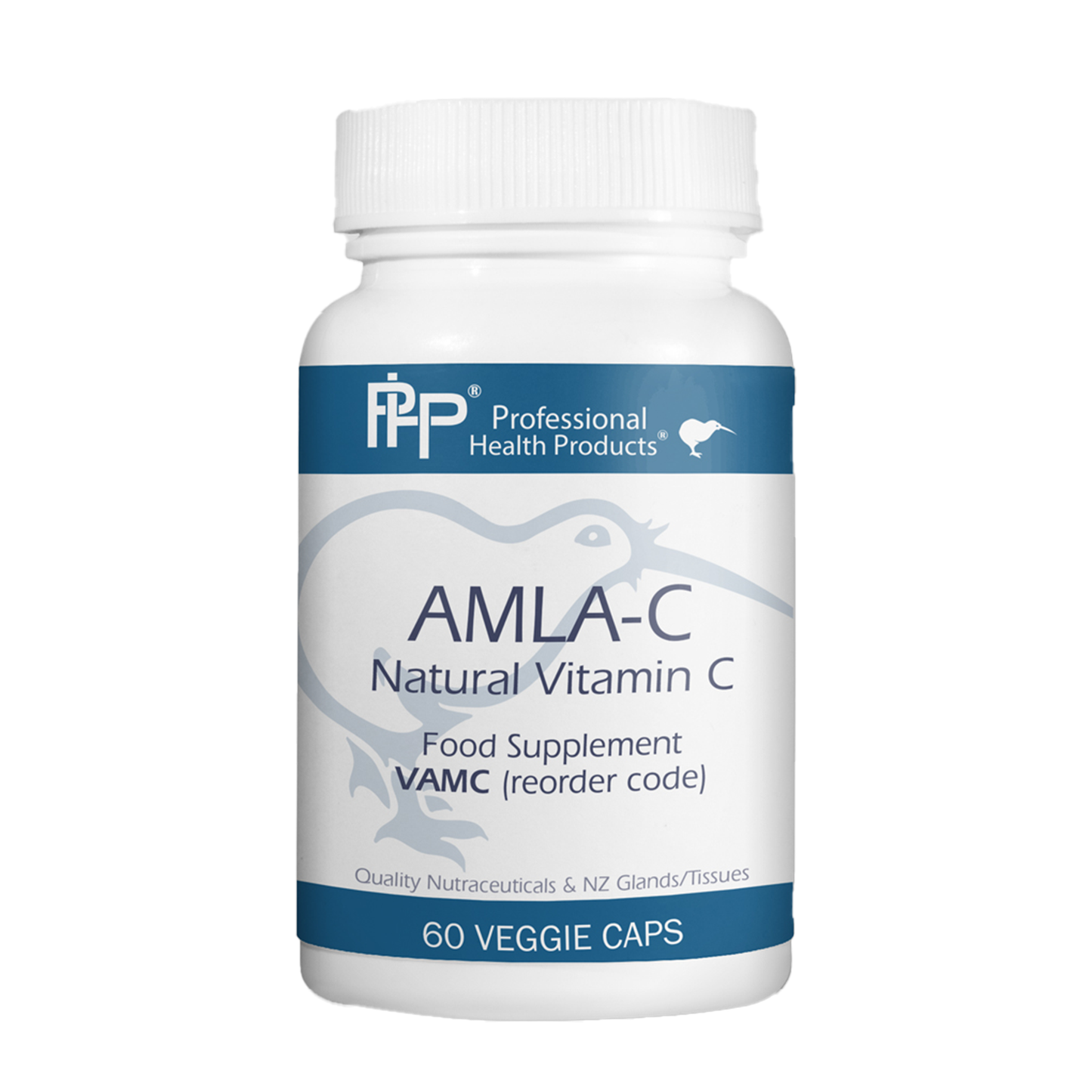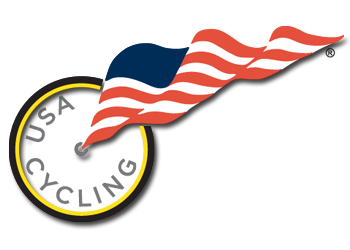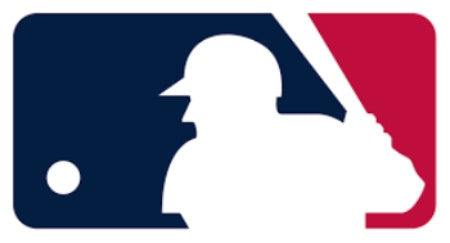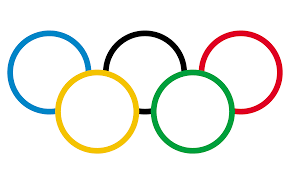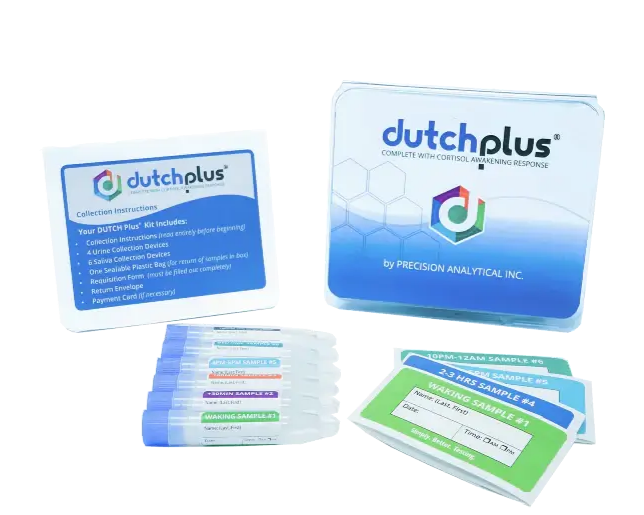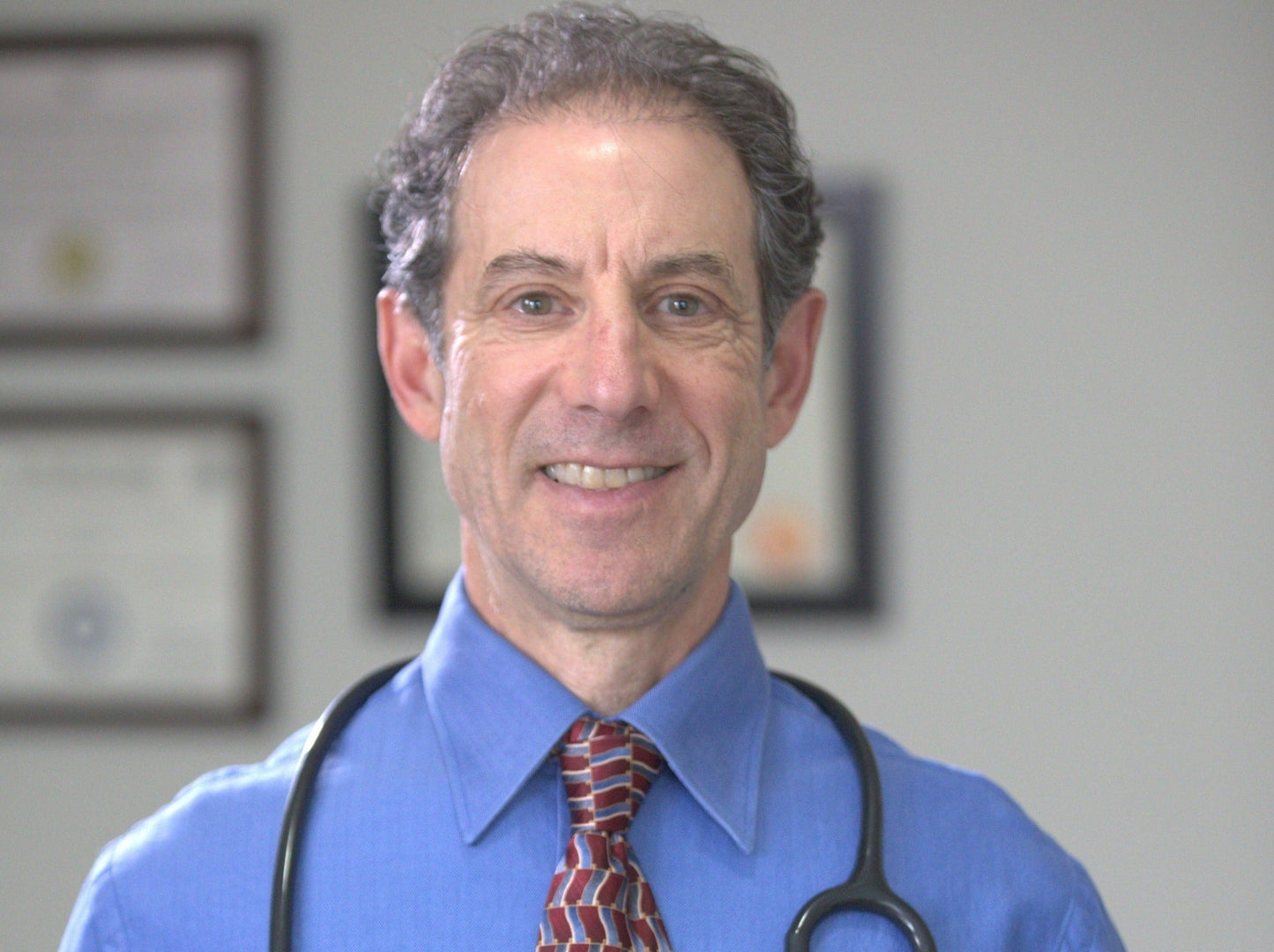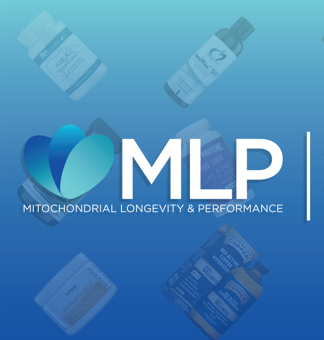Saliva Comprehensive 11 Hormone
What We Test and What It Tells You
This profile assesses all the major androgen precursors and metabolites. It includes eleven hormones: testosterone, DHEA, DHT (dihydrotestosterone) estradiol, estrone, estriol, progesterone. androstenedione, 17-OH progesterone cortisol and melatonin.
This profile is best used if you are concerned about hair loss, prostate issues, male breast enlargement, or reduced erectile function. Upgrade and add an adrenal assessment with four cortisol assessments throughout the day for just $59.
Why use this assessment?
If you are experiencing signs of hormonal imbalance including:
*Poor recovery from activity
*Difficulty maintaining or loss of muscle mass and strength
*Difficulty losing body fat
*Reduced libido
*Weak or irregular morning erections
*Loss of motivation
Here is a snapshot of just some of the hormones included.
Testosterone, the dominant testicular androgen, is the precursor to 5-dihydrotestosterone (DHT). The androgenic effect in various tissues is not exerted by testosterone but by the locally produced DHT
Progesterone, a precursor to all androgens and is a physiologic modulator of DHT production.
DHEA/DHEA-S, the main adrenal androgens, are the precursors to both testosterone and estradiol, and are the limiting factor in their production, especially when the patient is under stress.
Estrone, the major estrogen in men and is the product of the peripheral aromatization of androstenedione in fat and muscle tissue.
Estradiol, an estrogen with more proliferative properties. It is formed partially in the testes, but mostly by aromatase enzyme action in peripheral tissues from both testicular and adrenal androgens.
Dihydrotestosterone, the most potent androgen; is three to five times more potent than testosterone. DHT is derived partially by direct secretion from the testes, but mostly by conversion from testosterone and other androgens in target tissues (scalp, skin, prostate, liver, and others) from five alpha-reductase enzyme activities.
Get fast shipping with every order; free shipping on orders over $100. There is no free shipping on the MLP Formulary products, but you will get 25% off MLP Formulary orders over $100 with the code MLP123 at checkout.
Get fast shipping with every order; free shipping on orders over $100. There is no free shipping on the MLP Formulary products, but you will get 25% off MLP Formulary orders over $100 with the code MLP123 at checkout.
We offer a 100% satisfaction or your money back guarantee.
We offer a 100% satisfaction or your money back guarantee.
If you need help with your purchase, reach out to us at anytime. We answer 100% of the time; most answer occur same or next day. Also we have live chat.
If you need help with your purchase, reach out to us at anytime. We answer 100% of the time; most answer occur same or next day. Also we have live chat.
We promise the lowest prices we can offer. If you happen to find a lower price on a same quality and type of product, we will attempt to match the price for you.
We promise the lowest prices we can offer. If you happen to find a lower price on a same quality and type of product, we will attempt to match the price for you.
Saliva Comprehensive 11 Hormone
What We Test and What It Tells You
This profile assesses all the major androgen precursors and metabolites. It includes eleven hormones: testosterone, DHEA, DHT (dihydrotestosterone) estradiol, estrone, estriol, progesterone. androstenedione, 17-OH progesterone cortisol and melatonin.
This profile is best used if you are concerned about hair loss, prostate issues, male breast enlargement, or reduced erectile function. Upgrade and add an adrenal assessment with four cortisol assessments throughout the day for just $59.
Why use this assessment?
If you are experiencing signs of hormonal imbalance including:
*Poor recovery from activity
*Difficulty maintaining or loss of muscle mass and strength
*Difficulty losing body fat
*Reduced libido
*Weak or irregular morning erections
*Loss of motivation
Here is a snapshot of just some of the hormones included.
Testosterone, the dominant testicular androgen, is the precursor to 5-dihydrotestosterone (DHT). The androgenic effect in various tissues is not exerted by testosterone but by the locally produced DHT
Progesterone, a precursor to all androgens and is a physiologic modulator of DHT production.
DHEA/DHEA-S, the main adrenal androgens, are the precursors to both testosterone and estradiol, and are the limiting factor in their production, especially when the patient is under stress.
Estrone, the major estrogen in men and is the product of the peripheral aromatization of androstenedione in fat and muscle tissue.
Estradiol, an estrogen with more proliferative properties. It is formed partially in the testes, but mostly by aromatase enzyme action in peripheral tissues from both testicular and adrenal androgens.
Dihydrotestosterone, the most potent androgen; is three to five times more potent than testosterone. DHT is derived partially by direct secretion from the testes, but mostly by conversion from testosterone and other androgens in target tissues (scalp, skin, prostate, liver, and others) from five alpha-reductase enzyme activities.
Get fast shipping with every order; free shipping on orders over $100. There is no free shipping on the MLP Formulary products, but you will get 25% off MLP Formulary orders over $100 with the code MLP123 at checkout.
Get fast shipping with every order; free shipping on orders over $100. There is no free shipping on the MLP Formulary products, but you will get 25% off MLP Formulary orders over $100 with the code MLP123 at checkout.
We offer a 100% satisfaction or your money back guarantee.
We offer a 100% satisfaction or your money back guarantee.
If you need help with your purchase, reach out to us at anytime. We answer 100% of the time; most answer occur same or next day. Also we have live chat.
If you need help with your purchase, reach out to us at anytime. We answer 100% of the time; most answer occur same or next day. Also we have live chat.
We promise the lowest prices we can offer. If you happen to find a lower price on a same quality and type of product, we will attempt to match the price for you.
We promise the lowest prices we can offer. If you happen to find a lower price on a same quality and type of product, we will attempt to match the price for you.
PureClean Performance Perfections
Testimonials
A natural energy charge
Clean ingredients; you know what you are taking
Consistently a great product
Love the convenience and performance boost of this beet product from PCP!
My Favorite
Excellent flavor, nutrition, and texture. Best supplement powder brand I know of.
Frequently asked questions
Our family business, formula science and focused clinical-research is our pure power, and now it's yours! Every single product is 3rd-party certified, and small-batch crafted in-house with care for maximum potency, purity, and for your safety.
Our family business, formula science and focused clinical-research is our pure power, and now it's yours! Every single product is 3rd-party certified, and small-batch crafted in-house with care for maximum potency, purity, and for your safety.
We only use clean-label, feel-good ingredients that you'll feel good about consuming. Live a clean lifestyle with premium, all-natural and organic supplements sourced directly from nature!
We only use clean-label, feel-good ingredients that you'll feel good about consuming. Live a clean lifestyle with premium, all-natural and organic supplements sourced directly from nature!
All our products are designed specifically to boost your performance including health and wellness, energy, strength, endurance, focus, immunity, and blood flow. PureClean Performance is 100% committed to helping you live your best life!
All our products are designed specifically to boost your performance including health and wellness, energy, strength, endurance, focus, immunity, and blood flow. PureClean Performance is 100% committed to helping you live your best life!
At PureClean Performance, our customers are not just customers. They are family. That's why we put everything we have into each and every product and service so you know you getting what you really deserve.
At PureClean Performance, our customers are not just customers. They are family. That's why we put everything we have into each and every product and service so you know you getting what you really deserve.
We only support what's good for you and the planet. Enjoy our all-natural selection of premium health and performance enhancing formulas and products.
We only support what's good for you and the planet. Enjoy our all-natural selection of premium health and performance enhancing formulas and products.
Hey, we know you came here for a reason! No matter if that's an improved body image or weight, improved performance, more energy, less pain, longer life, or peace and balance in your life and heart, it is our PureClean Performance promise that we will do everything we can to fulfill your goals and help you live life elevated.
Hey, we know you came here for a reason! No matter if that's an improved body image or weight, improved performance, more energy, less pain, longer life, or peace and balance in your life and heart, it is our PureClean Performance promise that we will do everything we can to fulfill your goals and help you live life elevated.
Since 2008, we've been trusted by thousands of satisfied customers and elevated the lives of even thousands of more people, too!
Since 2008, we've been trusted by thousands of satisfied customers and elevated the lives of even thousands of more people, too!
Unlock Your Best Self!
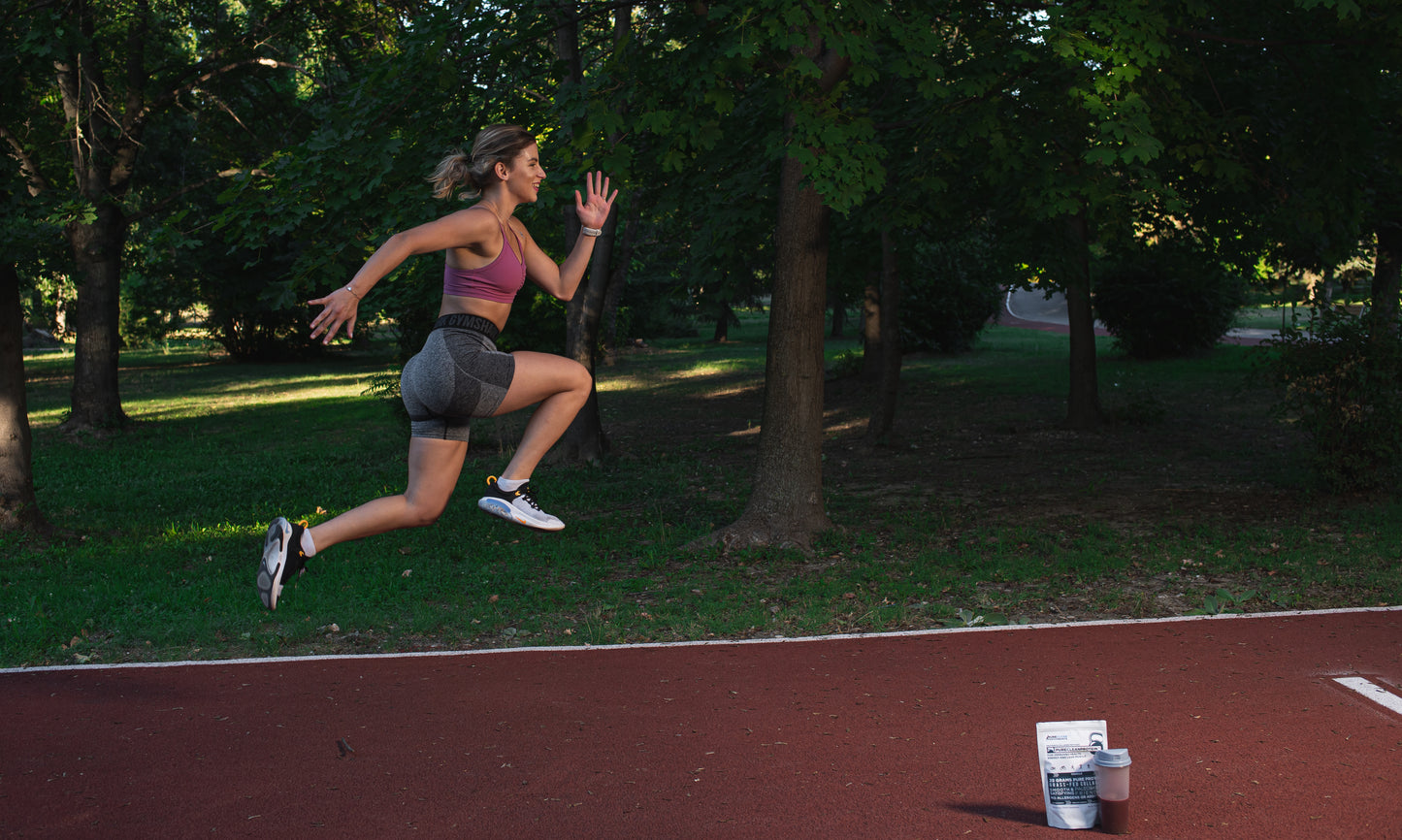

Welcome to PureClean Performance
Get Ready to Get Your Best
From the blog
If you’ve been searching for beetroot for energy and focus, you’re probably not looking for another stimulant. You’re looking for:...
Copper Dosage: Restoring Bioavailable Copper Without Creating Toxicity
A Root Cause–aligned synthesis drawing from the work of Morley Robbins. Ceruloplasmin Iron handling Bioavailable copper Retinol dependency Zinc antagonism...
The argument against creatine: a must read before you buy creatine
Creatine used to belong to one world: young men, gyms, and bodybuilding. Now it’s everywhere else. Brain health. Women’s...

